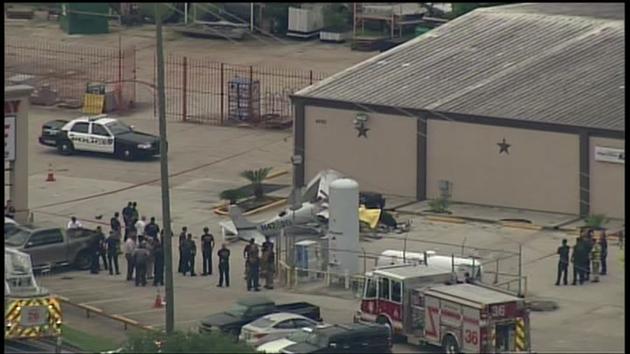Updated: Jun 09, 2016 1:08 PM EST
By Jordan Onwiler, Web Producer
 Via: Lincoln County Sheriff's Office
Via: Lincoln County Sheriff's Office Via: Lincoln County Sheriff's Office
Via: Lincoln County Sheriff's Office Authorities continue to investigate a highway collision that resulted in the deaths of three people south of North Platte.
The crash occurred around 7:30 p.m. on U.S. Highway 83 near Lake Maloney. Authorities say people in the area reported a large explosion at the time of the crash.
The preliminary investigation suggests a northbound pickup crossed into the southbound traffic lane and collided head on with a semi hauling a fuel tanker.
The tanker was fully engulfed when emergency responders arrived. The pickup was also on fire and very damaged.
The driver of the pickup, 28-year-old Shane O’Conner, of Westminster, Colorado, died at the scene. A passenger in the pickup, 32-year-old Craig Vanmeter, of North Platte, was ejected from the pickup. He has taken to Great Plains Health, where he died from his injuries.
The semi driver, 66-year-old Ralph Brandt, of Ovid, Colorado, also was pronounced dead at the scene.
Witnesses told police the pickup was speeding and driving very aggressively before the crash. They said just before the collision the pickup attempted to pass a utility vehicle which is when they crossed into the southbound lane and struck the semi.
Authorities found the pickup, a 2006 Ford 4 door, was stolen out of Westminster, Colorado, and O’Conner, the driver of the pickup, had suspected meth on his person. According to police, other types of drugs, drug paraphernalia and alcoholic beverage also were found in the stolen vehicle.
Lincoln County deputies, Nebraska State Patrol, North Platte Police officers and North Platte Fire Department all responded to the scene.
U.S Highway 83 was shut down and traffic diverted for several hours.
Authorities continue to investigate.
 AP photo shows the Norris Geyser Basin in Yellowstone National Park, Wyo.
AP photo shows the Norris Geyser Basin in Yellowstone National Park, Wyo.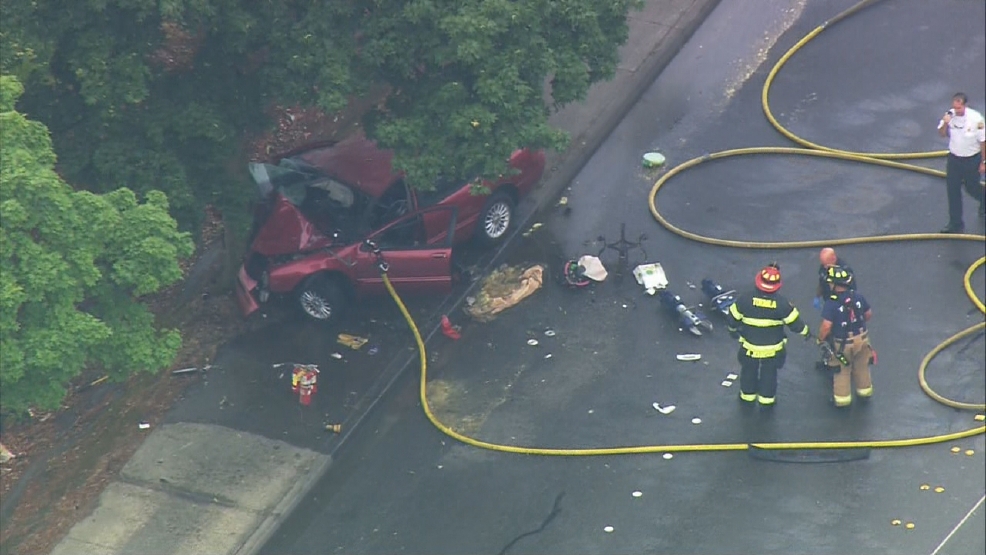 Wreckage of car that crashed into a tree and caught fire in Kent. (Photo: Air 4 / KOMO News)
Wreckage of car that crashed into a tree and caught fire in Kent. (Photo: Air 4 / KOMO News)



 RAdm. Robert Gilbeau (2012 file image, DoD)
RAdm. Robert Gilbeau (2012 file image, DoD) 
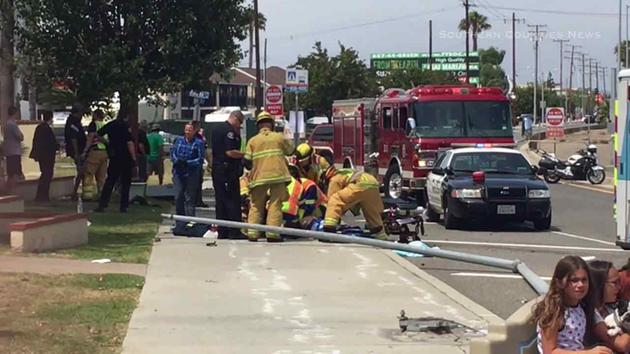

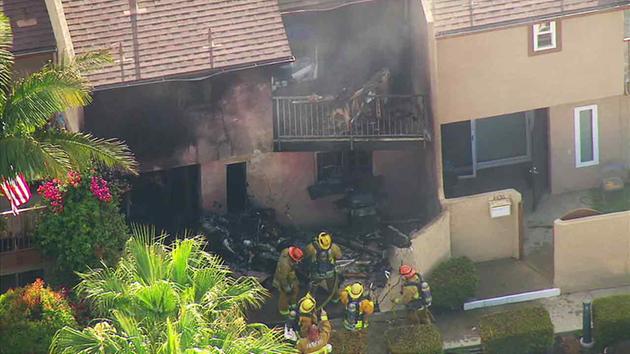



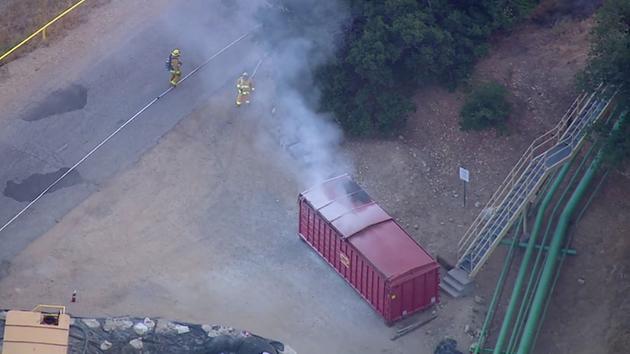






 5 injured, hundreds evacuated after chemical spill
5 injured, hundreds evacuated after chemical spill 



 The
final rule establishes a permissible exposure limit (PEL) of 50 ug/m3
as respirable crystalline silica, averaged over an 8-hour
day. Previously, silica was regulated as quartz through a respirable
particulate relationship that established a varying PEL based on the
silica content of measured respirable particulate matter. In addition to
the new PEL, an action level of 25 ug/m3 has been established which is
used as a trigger for higher frequencies of exposure monitoring and
medical surveillance.
The
final rule establishes a permissible exposure limit (PEL) of 50 ug/m3
as respirable crystalline silica, averaged over an 8-hour
day. Previously, silica was regulated as quartz through a respirable
particulate relationship that established a varying PEL based on the
silica content of measured respirable particulate matter. In addition to
the new PEL, an action level of 25 ug/m3 has been established which is
used as a trigger for higher frequencies of exposure monitoring and
medical surveillance.





